This is the H5P that I tried to create following the demo. the use of chatgpt made the process of constructing this very easy and simple. He was able to do this operation of creating questions in a very short time. I think this is useful. However, just entering keywords and creating questions to ask questions like this is not enough during instruction. Because, these questions are not always in line with the content of the textbook and do not always ask detailed questions. If used as a teaching tool, the questions should be appropriately adapted to the teaching knowledge.
This is a video I made using Runway.ml. You need to upload a photo as a negative yourself, and the software will add some editing on top of that. And you can write down some of your requirements. So what I wrote for this requirement was a snowy view from a window in a cozy house. And this result came out and I was not satisfied with it. It was a very boring edit which added the dynamics of snow for me. And it’s a very fake special effect.
This is an AI drawing I made using Stable Diffusion. It was made based on a sentence of my instructions, description. My idea was that it would be a drawing of a house made with flowers and trees. However the AI gave me more of an unimaginative and creative picture. The drawing of the house was curing the concept of the house and he could not realize the idea of building a house using plants as I had imagined. This shows that the AI is still based on all the information available to humans and pulls up relevant images based on instructions. For that matter, the AI doesn’t give good creative ideas when it comes to art. Perhaps in some cases where creativity is not needed, one might be able to use AI to produce some images that are under common sense.

After trying these three different AI software, I believe that AI has certain flaws and it is important to use AI tools wisely. Whether you utilize the framework of SECTION or TRACK, a human being is required in order to develop content knowledge and pedagogical knowledge. Technology can only be matched to knowledge with a clear purpose of imparting it. Let’s take the problem of creating H5P using chatgpt as an example. If the person giving the instruction is not clear about what he/she is teaching, the questions created using AI will not work well. Other AI tools, such as the two that we have, can give students some insights, but the ability to convey pedagogical knowledge is yet to be considered.
Reference:
Quake Quiz Creation. ChatGPT, 13 Feb. version, OpenAI, 24 Mar. 2023, chat.openai.com/chat.
Picture generate. Stable diffusion, 2024 Black Technology LTD, 24 Mar. 2023, https://stablediffusionweb.com/app/image-generator.
Video generate. Runway.ml, Gen-2, 24 Mar. 2023, https://app.runwayml.com/video-tools/teams/shannonfang17/ai-tools/gen-2.
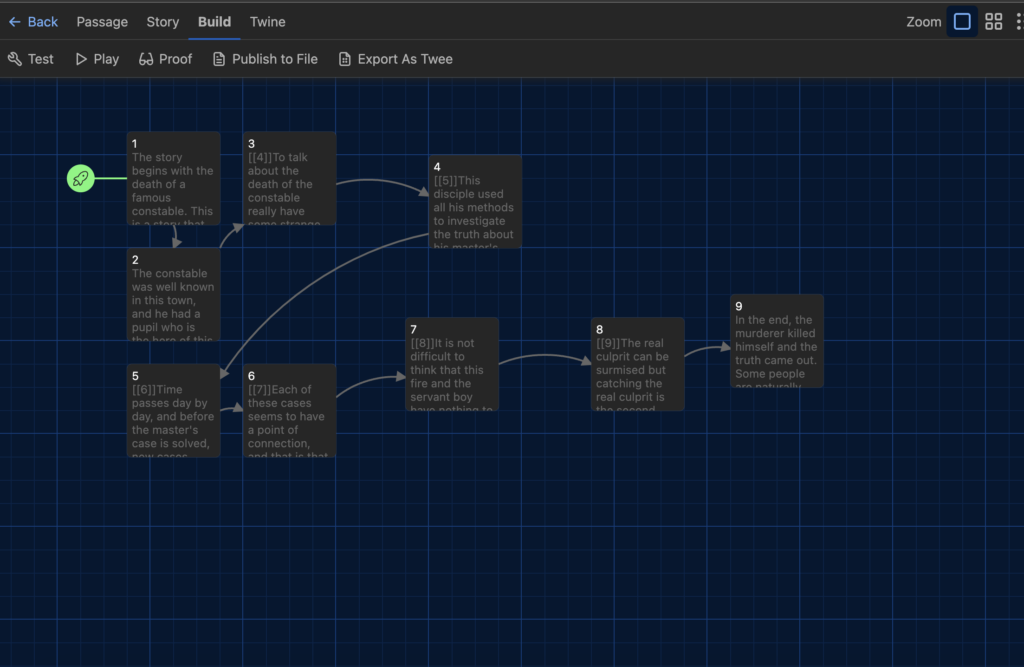
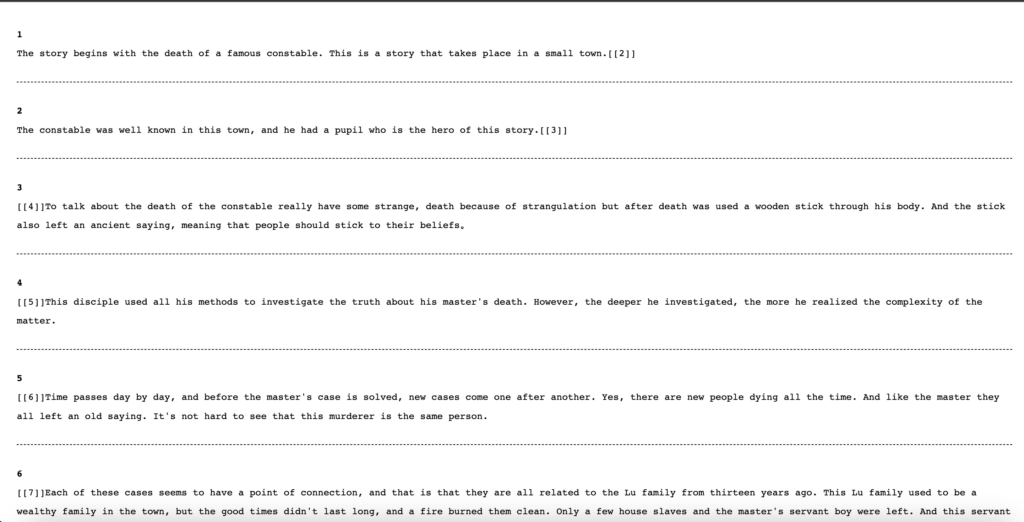
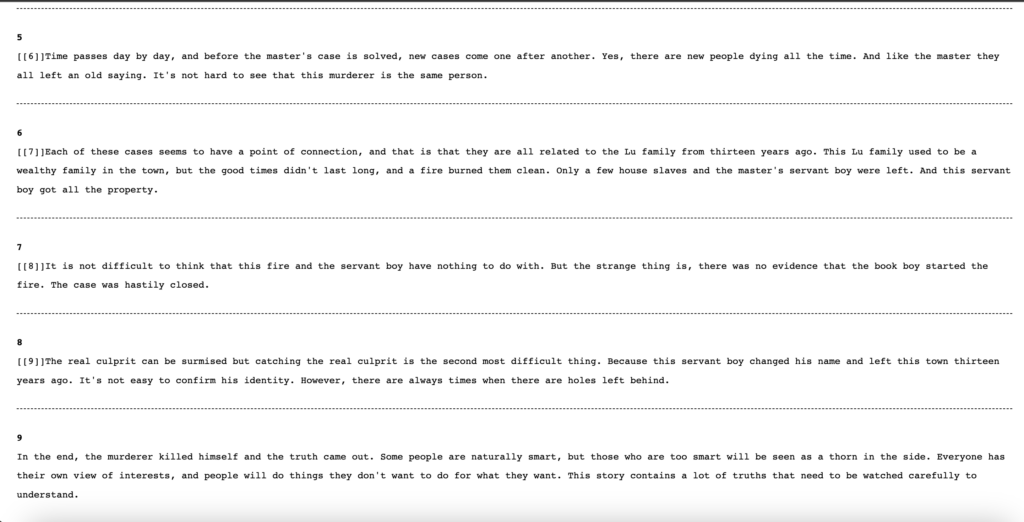
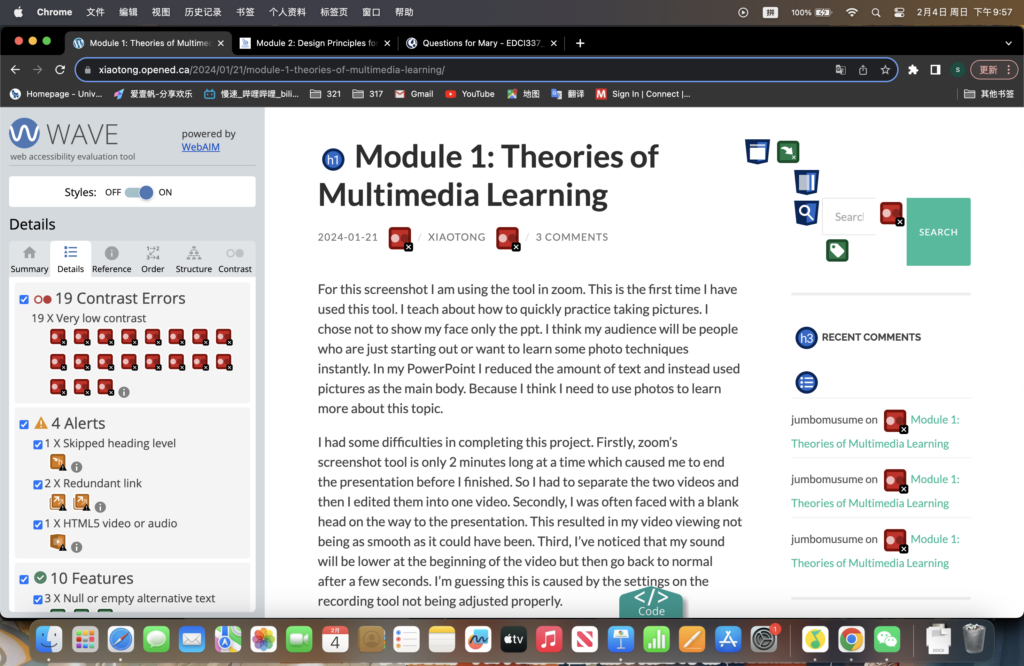
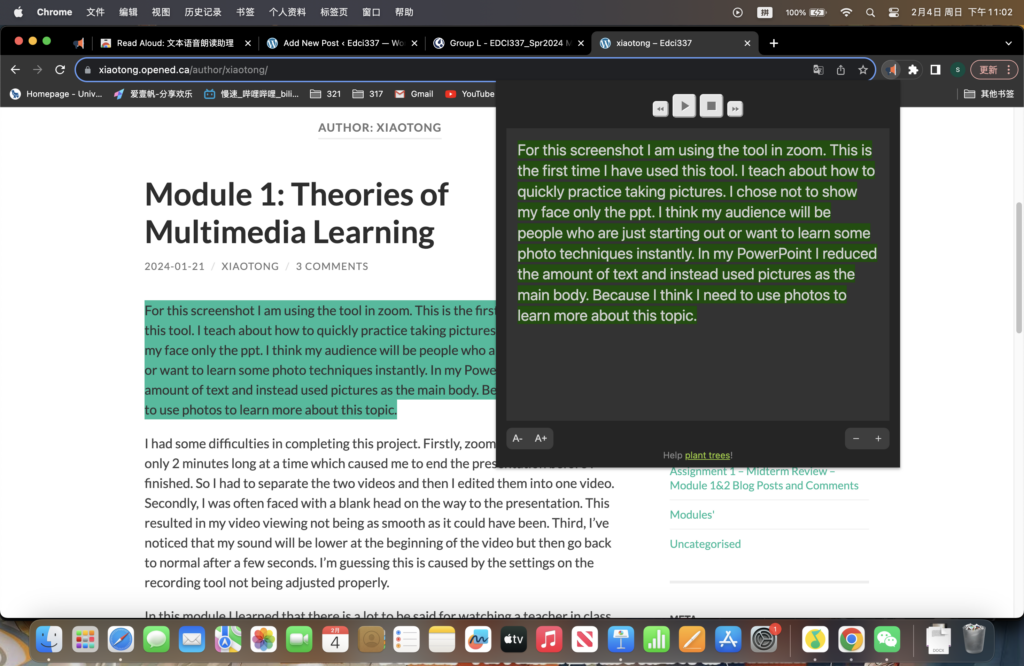
Recent Comments